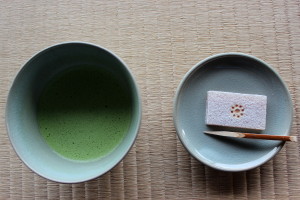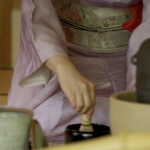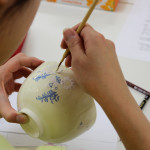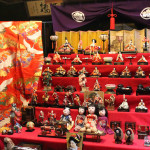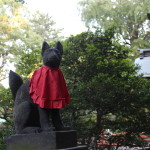You may have tried green tea or matcha at Japanese café or somewhere else. Yes, it is the vivid green color tea with creamy forms on the surface. It is bitter and contains caffeine, a bit stronger than black tea. In order to enjoy matcha, put matcha powder, which is crushed green tea leaves, in tea bowl and pour hot water (approximately 85℃) in it. Then stir it quickly by using special bamboo-made whisk until smooth form covers the surface of the bowl.
Green tea was brought from China by Buddhist monks around 8th century. It was taken only among aristocracies and was regarded as medicine. It is said drinking match spread widely by late 12th century with the spread of Buddhism and empowerment of samurai, feudal lords. By that time many regions were producing green tea leaves, which brought “tea fight”. It was a test to distinguish tea from different regions. Invited guests drink ten to thirty cups of matcha from different regions and guess where each ones from. It was a big event which took many hours with sake and meals, and the room was decorated by prizes brought by the guests. The winners got great prices from attendees and tea fight became very popular among samurai lords regardless of their class by 15th century.
Around middle 15th century, tea fighting became less popular and samurai tended to more focus on procedure of tea making, behavior rules during the tea time and room decoration as they became sophisticated. It was middle 16th century that a man called Juko Murata proposed series of tea gathering as tea ceremony and Senrikyu took his work over to establish it as an ceremonial art.
During 17th to 19th century, tea ceremony became a common hobby among high-class men such as samurai and rich merchants. After several-hundreds-years history of tea ceremony, details of tea ceremony was sophisticated and they completed as comprehensive manner or way of behavior. The manner of tea ceremony itself began to be regarded valuable. In the late 19th century, after a big restoration and social system was greatly changed, tea ceremony began to be taught to young ladies in rich families as a part of manner before marriage. Now days more number of women than men learn tea ceremony as social grace in Japan and many parents expect their daughters to learn elegant behavior from tea ceremony.
Became interested in tea ceremony? koi Travel offers you unique cultural experiences!
Related Activities

